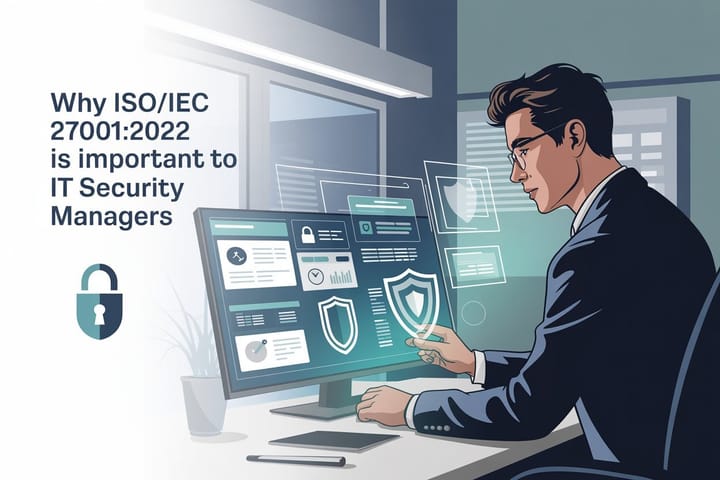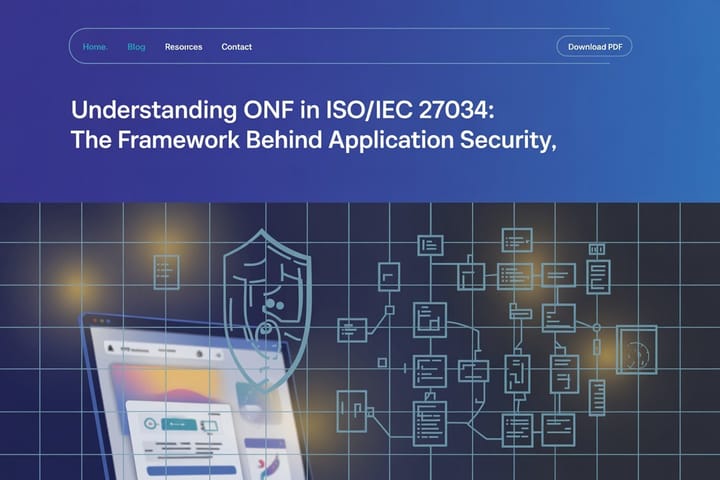Seven Industrial Use Cases and Examples of Edge Automation - Course Monster Blog

Simply described, edge computing is the processing of data that occurs at or close to the physical location of either the user or the data source, such as a device or sensor.
Users gain from faster, more dependable services and enterprises gain from the open hybrid cloud’s flexibility and agility by bringing computing services closer to these places.
Edge computing challenges
But as devices and services proliferate at edge sites, there is more to manage beyond the realm of conventional operations. Platforms are expanding well outside the data center, devices are proliferating and dispersing over broad distances, and on-demand services and applications are operating in vastly dissimilar and remote locales.
Organizations are facing new issues as a result of the changing IT landscape, including:
- ensuring that they are equipped with the knowledge to handle changing edge infrastructure needs.
- building capabilities that respond more securely and reliably with no need for human engagement.
- effectively scaling at the edge while taking into account a growing number of endpoints and devices.
Although there are many challenging obstacles to overcome, edge automation can help with a lot of them.
Edge automation benefits
In order to better take advantage of the advantages edge computing offers, automation at the edge can greatly reduce the complexity that results from extending hybrid cloud architecture.
Edge automation can benefit your business by:
- By applying configurations more consistently throughout your infrastructure and managing edge devices more effectively, you may increase scalability.
- By responding to shifting customer needs and employing edge resources only when necessary, you may boost agility.
- By automatically running updates, patches, and necessary maintenance without dispatching a technician to the site, you can focus on remote operating security and safety.
- By streamlining network administration and lowering the possibility of human error, downtime can be reduced.
- Improve performance and increase productivity by automating analysis, monitoring, and alerting.
7 examples of edge automation
Here are some use cases and examples that are industry-specific and show the value of edge automation.
Transportation industry
Transportation businesses may effectively deploy software and application upgrades to trains, airplanes, and other moving vehicles with considerably less human participation by automating difficult manual device configuration operations. This can allow up teams to work on more valuable, innovative, and strategic projects by saving time and reducing manual configuration errors.Automating device installation and management is often safer and more dependable than a manual approach.
- Retail – Setting up a new retail facility, including setting up computing resources throughout the store, configuration management of networked devices, configuration auditing, and getting its digital services online, can be challenging. Additionally, the IT focus switches from speed and scale to consistency and reliability once a store is established and open to customers. Retail stores can set up and maintain new devices more quickly and consistently thanks to edge automation, which also lowers human configuration and update problems.
- Industry 4.0 – Industry 4.0 is characterized by the integration of technologies like the internet of things (IoT), cloud computing, analytics, and artificial intelligence/machine learning (AI/ML) into industrial production facilities and across operations. This includes everything from smart factories to supply chains to oil and gas refineries. The factory floor serves as one illustration of the importance of edge automation in Industry 4.0. Edge automation there can assist in finding flaws in manufactured components on the assembly line with the support of visualization algorithms. Spotting and warning workers of dangerous situations or forbidden conduct can also help increase the safety of production operations.
- Telecommunications, media, and entertainment – There are many benefits edge automation may offer service providers, and one of them is a definite increase in the user experience. Edge automation, for instance, can transform the data that edge devices generate into insightful knowledge that can be applied to improve the user experience, such as automatically resolving connectivity difficulties.Edge automation can also speed up the supply of new services. Without the need for a technician to be present, service providers can send a device to a customer’s house or place of business that they can just plug in and use. In addition to enhancing the user experience, automating service delivery makes network maintenance more effective and may even result in cost savings.
Financial services and insurance
More individualized financial services and tools that can be accessed from almost anywhere, including from consumers’ mobile devices, are in high demand from customers.Edge automation can help a bank scale the new service while also automatically meeting strict industry security standards without affecting the customer experience, for instance, if the bank launches a self-service tool to assist their customers in finding the right offering, such as a new insurance package, a mortgage, or a credit card.When combined with the dependability and scalability that financial service providers require, edge automation can assist deliver the speed and access that customers need.
- Smart cities – Many municipalities are implementing cutting-edge technologies like IoT and AI/ML to monitor and address problems affecting public safety, citizen satisfaction, and environmental sustainability to enhance services while boosting efficiency. Early smart city initiatives were limited by the available technology, but with the rollout of 5G networks (and upcoming new communications technologies), data speeds have increased while also enabling the connection of additional devices. Smart cities must automate edge functions, such as data collecting, processing, monitoring, and alerting, to extend capabilities more efficiently.
- Healthcare – Technologies have developed and multiplied to support these new surroundings as healthcare has long since begun to shift away from hospitals and into distant care treatment options like outpatient centers, clinics, and standalone emergency rooms. Based on patient data collected by wearables and several other medical devices, clinical decision-making can also be enhanced and customized. Clinicians can effectively transform this deluge of fresh data into insightful knowledge to assist improve patient outcomes while generating both financial and operational benefits through automation, edge computing, and analytics.
Red Hat Edge
Red Hat Edge-powered modern compute solutions can assist enterprises in extending their open hybrid cloud to the edge. Red Hat Edge embodies the company’s effort to implement edge computing in the open hybrid cloud. Organizations have the freedom they need to design platforms that can adapt to rapidly changing market conditions and produce differentiated services thanks to Red Hat’s sizable and expanding community of partners and open methodology.
With Red Hat Edge, you can implement a layered-security strategy for better risk management on-premises, in the cloud, and at the edge. Red Hat Edge is made up of a portfolio of dependable enterprise open-source software, including Red Hat Enterprise Linux, Red Hat Ansible Automation Platform, and more.
Customers can create adaptable solutions: by implementing Red Hat Edge technologies, using Red Hat’s vast partner ecosystem and its range of open source platforms;
- delivering a modern infrastructure that is more scalable and security-focused, from the edge to the core to the cloud.
- overcoming edge computing’s difficulties and promoting creative use cases.
- avoiding vendor lock-in and creating a platform that is more sustainable.
- creating a flexible edge platform that can change to meet changing market demands.
- modifying for market circumstances and creating competitive advantages.
Want to know more about Red Hat? Visit our course now.
Expand your knowledge of edge computing and automation by visiting us here.
Here at CourseMonster, we know how hard it may be to find the right time and funds for training. We provide effective training programs that enable you to select the training option that best meets the demands of your company.
For more information, please get in touch with one of our course advisers today or contact us at training@coursemonster.com




Comments ()